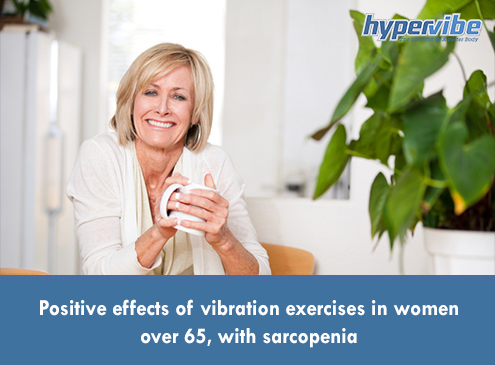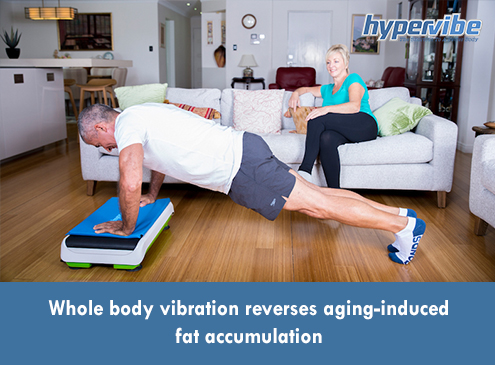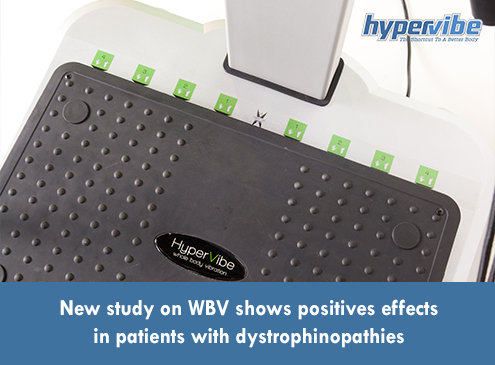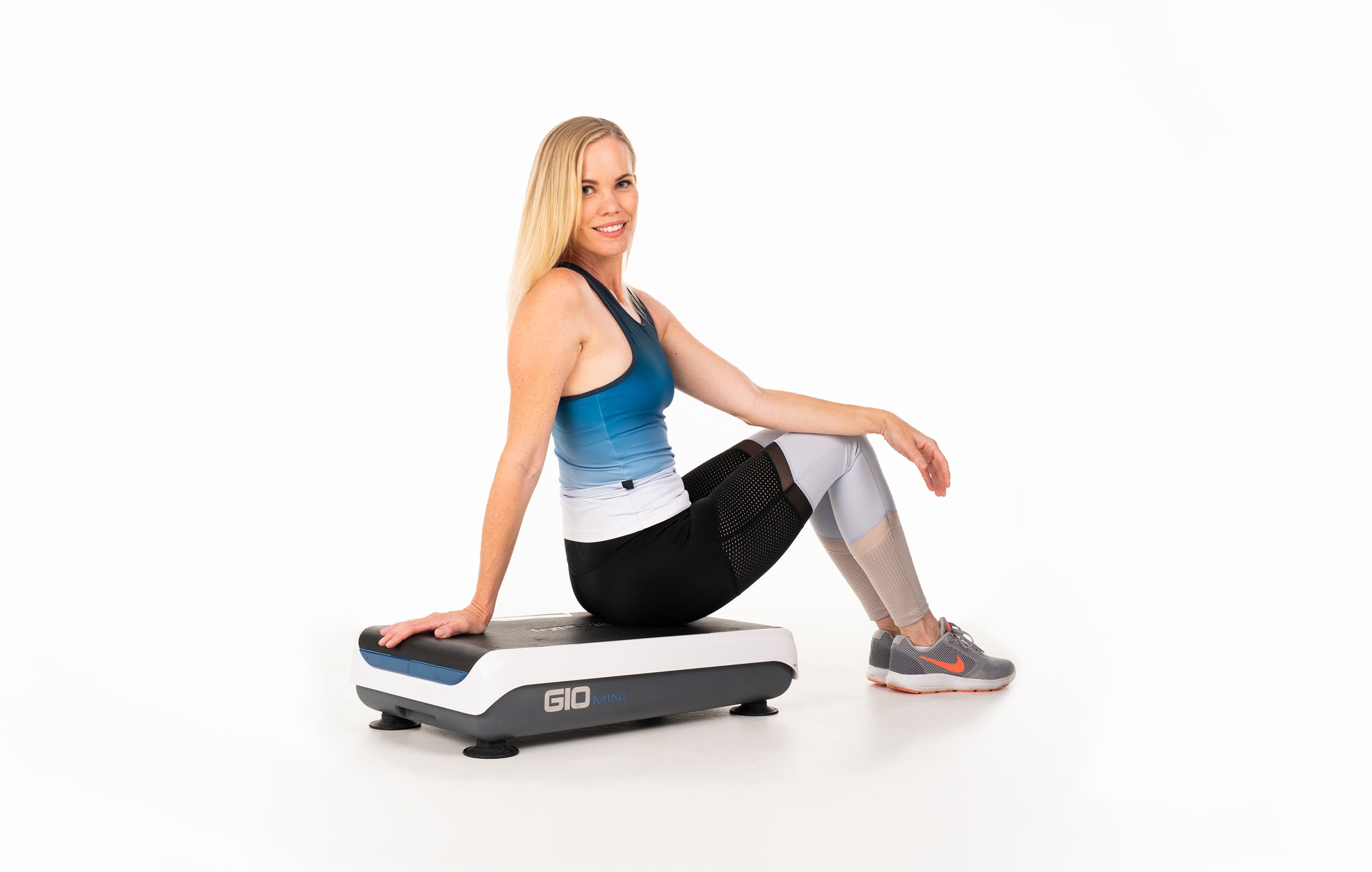Positive Vibration Exercise Effects in Women Over 65 With Sarcopenia
Sarcopenia symptoms typically start manifesting around the age of 75, but they can be present as early as 65 years as well, one’s lifestyle, exercise, and diet habits playing a role.
Although rarely perceived as a medical condition by a layman, sarcopenia is one of the main factors behind falls and fractures in older adults and can affect one’s quality of life, preventing them from engaging in physical activities and enjoying full freedom.
More frequent in people who are inactive or rarely practice any exercise, it also occurs in active individuals, so it’s not just the lack of physical exercise that favors the development of sarcopenia.
This condition, which manifests as weakness and loss of stamina and muscle mass, makes it more challenging to remain active and practice sports where muscle strength and force is necessary, so it’s wiser to try to prevent it than to accept it as a normal part of aging and adjust your lifestyle around sarcopenia.
The more one reduces their physical activity, the more muscles shrink, so it’s a vicious cycle that is harder to escape than to prevent. Researchers believe that lower concentrations of some hormones such as the growth hormone or testosterone contribute to the occurrence of this condition and that a reduction in the nerve cells responsible for coordinating muscle movement is also involved.
Other potential causes of sarcopenia include not eating enough protein, which provides the building blocks for strengthening and repairing the muscle fibers, and also a decrease in the ability to turn protein into energy as we age.
In some cases, if such factors are identified as the main cause of muscle weakening, testosterone or growth hormone supplements may be recommended as a treatment. If one’s muscle wasting is caused by other conditions such as metabolic syndrome or diabetes, then other medication may be recommended.
The general and most effective treatment though remains physical exercise, so in today’s article we’ll look at some studies that show that whole body vibration can be used for preventing or reducing the symptoms of sarcopenia, in women over 65 years.
Using whole body vibration as treatment for sarcopenia
Exercising on a vibration machine at higher frequencies has the same effects on the body as resistance training and weight lifting, these activities increasing muscle mass and endurance. Also, intense exercise favors the growth and strengthening of the muscle tissue by causing temporary damage to the fibers, which then recover during rest intervals. In this process, nutrition and especially proteins and carbs play a role as well.
The effectiveness of whole body vibration in older people with sarcopenia was investigated by researchers at the Universidad de Jaén, who showed that both WBV and resistance training have similar effects and are safe and adequate strength training methods in the elderly population.
German scientists wanted to see whether whole body vibration can be an alternative to conventional exercises for increasing maximum strength, reducing pain, and improving body composition in postmenopausal women between 60 and 75 years. 108 women were involved in this study and were randomly assigned to a vibration or control group.
The control group performed low impact gymnastics and relaxation exercises, while two vibration groups did WBV training on two different types of machines: first group exercised on a vertical platform at 35 Hz and 1.7 mm, and the second group on a pivotal vibration machine at 12.5 Hz and 12 mm.
The training sessions took part three times a week for 15 minutes, and the study lasted for one year. The muscular strength, power, body composition, and pain intensity were measured. Results showed significant increases in both vibration groups in muscle strength, with no changes in body composition. Joint pain decreased in both vibration groups, and there were no differences between the two vibration groups.
No side effects were experienced, so the scientists concluded that whole body vibration can be an option for increasing strength in women with sarcopenia while providing other health benefits.
Researchers from the University of León published another study in the Scandinavian Journal of medicine and science in sports, investigating the effects of vibration machine exercises on muscle strength and mass in older women with an average age of 76 years. For this study, 26 women performed 10 weeks of WBV or conventional exercises, being randomly assigned to either a vibration training or a control group.
This study showed an increase in muscle mass in the vibration group and a decrease in muscle power in the conventional exercise group, vibration training preventing this decrease.
Mobility also increased significantly after training (9%) in the WBV group, scientists concluding that 10 weeks of vibration training in older women produce significant increases in muscle strength in the lower body especially, with no changes in muscle power. Based on these observations, the researchers noted that vibration training can be a solution for counteracting the loss of mobility and muscle strength caused by age-induced sarcopenia.
Have something to add to this article? Comment below or join our Facebook community and share your thoughts with us!














